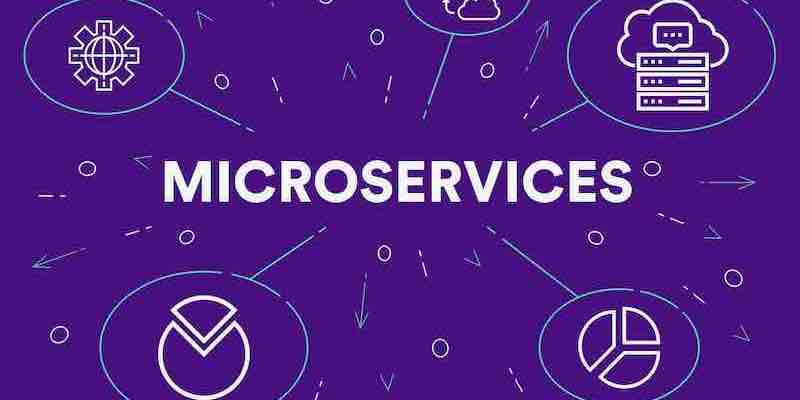The website “Microservice API Patterns (MAP)” offers a comprehensive collection of patterns for API design, focusing on the challenges and solutions encountered when specifying, implementing, and maintaining message-based APIs. The primary emphasis of MAP is on message representations, which are the payloads exchanged during API calls. These payloads can vary […]
Devamını Oku
In a recent development, Amazon Prime Video engineers reported a shift in their service quality monitoring application, initially built on a microservices platform, failing to maintain quality levels even below 10% of service capacity. To address this, they consolidated Quality of Service (QoS) monitoring operations previously separated into isolated AWS […]
Devamını Oku
In the realm of software development, the structure and design of systems are often influenced by various theories and principles. Conway’s Law is one such theory that has garnered attention and applicability in modern software architecture. This Law, formulated by Melvin Conway in 1967, posits that the design of any […]
Devamını Oku
In this video, Mike Amundsen of the API Academy applies theories from computing and anthropology to define the right organizational approach to Microservices. Fostering a microservices culture within an organization involves promoting the principles and practices of designing and building software as a collection of small, independently-deployable services. This includes […]
Devamını Oku
As software is increasingly developed to be deployed as part of a service, the manifestations of defects have changed: the effects of broken software are increasingly unlikely to be felt by merely one user, but many (or even all) — with concomitant commercial consequences. Debugging service outages put everyone in […]
Devamını Oku
What is Puppet, and how does it work? We’ll show you how to use Puppet to automate your infrastructure — from the operating system layer to applications — and get more time back in your day. With Puppet, you can deploy changes within hours or minutes, adopt new technologies faster, […]
Devamını Oku
Imagine you’re a potter making your bowls on a wheel in your studio. Now imagine that your craft has a different workflow: you make bowls by writing scripts executed by a bowl-making machine on the other side of the world without your participation. That’s the difference between a tightly coupled […]
Devamını Oku
Go faster than your competitors. That’s the promise of microservices – deploy more quickly, scale faster, and be more robust. It’s all about outcomes; how your organization is structured tremendously impacts those outcomes. It’s easy to say “Conway’s Law” and then move swiftly on. “But but but, but how?” James […]
Devamını Oku
Indeed, the cultural changes required for a successful transition to a microservices architecture can be just as significant as the technical considerations. In a microservices architecture, the focus is on building more minor, independent services that can be developed and deployed independently. This can require a shift in how teams […]
Devamını Oku
Onion Architecture is a design approach that aims to create a separation of concerns within the layers of an application. It is called “onion” architecture because the design is layered, with the core domain logic at the center and the outer layers representing services and infrastructure. The layers of an […]
Devamını Oku









